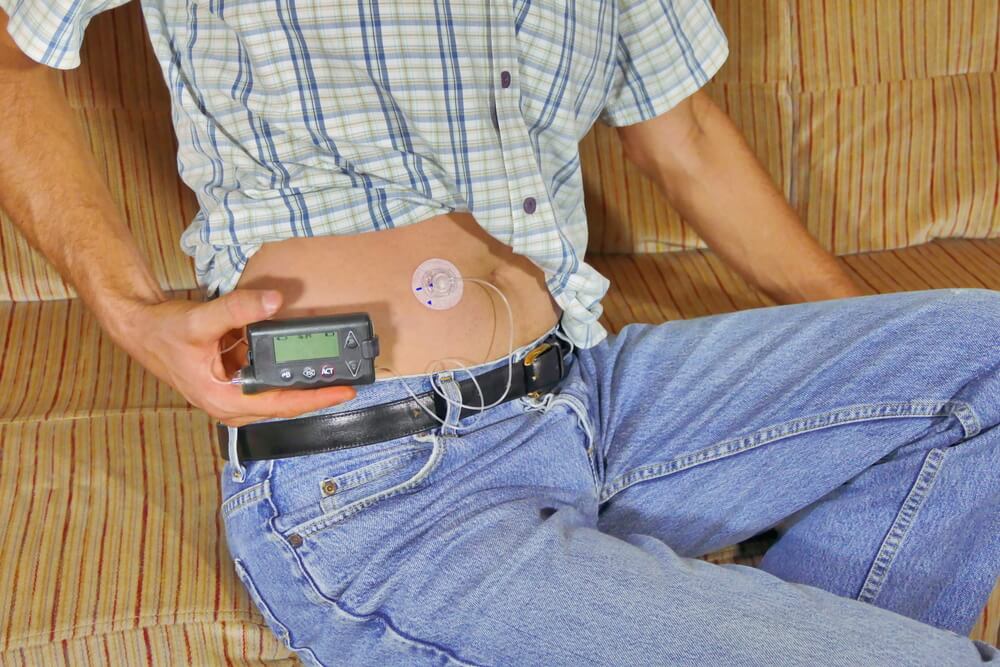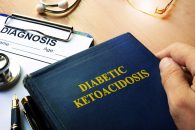Diabetic Ketoacidosis Symptoms and Treatment
What is diabetic ketoacidosis? Diabetic ketoacidosis is a complication of diabetes that is severe. This complication forms when the body produces many ketones in the blood which are types of acids and occurs when the body can’t produce enough insulin. Insulin is what your body produces to convert sugar into energy and when your body is unable to produce enough insulin, it begins to break down fat instead. When the fat begins to break down, ketones form in the blood creating diabetic ketoacidosis.
Learn more ways to prevent diabetic ketoacidosis. Click here.
What Are Diabetic Ketoacidosis Symptoms?
If you have diabetes, it’s important that you speak with your doctor about the possibility of developing diabetic ketoacidosis and what you can do to avoid it, or watch out for it. Diabetic ketoacidosis symptoms often form quickly, as quick as within 24 hours. The following are some symptoms that you may notice, some more severe than others:
- Extreme thirst that is also excessive
- Frequent trips to the restroom
- Nausea followed by vomiting
- Pain in the abdominal region
- Fatigue and weakness
- Shortness of breath
- Breath that has a fruity scent
- Confusion
- Hyperglycemia which means high blood sugar levels
- Ketones in urine, high levels
As stated above, some of the symptoms may be more severe than others but it’s important to know when you should see a doctor. Here are a few more diabetic ketoacidosis symptoms related to when you should see your doctor, or go to the emergency room.
If you notice the following symptoms you should reach out to your doctor to decide what your next steps should be:
- Vomiting without the ability to keep food or liquid in your stomach
- Blood sugar levels are higher than target levels and aren’t responding to treatment at home
- Ketone levels in urine is moderate to high
If you are unable to reach your doctor and notice any of the following symptoms, you should go to the emergency room:
- Blood sugar levels are consistently above 300 milligrams per deciliter
- There are ketones in your urine
- You have noticed various signs of diabetic ketoacidosis
Diabetic Ketoacidosis Treatment
Before beginning treatment, it is important to make sure that the diabetic ketoacidosis has been diagnosed. Some ways to reach a diagnosis are through blood tests and other additional tests. The following things may be tested in order to determine whether diabetic ketoacidosis treatment is necessary or not.
- Blood tests testing blood sugar levels, ketone levels and blood acidity
- Blood electrolyte tests
- Urinalysis
- Chest X-Ray
- Electrocardiogram
Once the proper tests have been administered, treatment may begin. Treatment can be administered either in the hospital or in the emergency room. The following are types of treatment usually involved in helping those who are suffering from diabetic ketoacidosis:
- Replacement of fluids: this can be given either via the mouth or intravenously. The replacement of fluids continues until the individual has reached the level of hydration needed. This type of treatment replaces what was lost during the excessive urination as well as lower the levels of extra sugar in the blood.
- Electrolyte replacement: Electrolytes are minerals such as sodium, potassium and chloride that carry and electric charge in your blood. When insulin is low, the levels of electrolytes in the blood are also low. The replacement and replenishment of electrolytes intravenously helps keep the body and it’s important organs functioning regularly.
- Insulin therapy: by giving the body insulin therapy, you are able to reverse what is causing the diabetic ketoacidosis. This type of therapy is also given intravenously and will continue until the blood is no longer acidic.
Before returning to normal daily life, it’s possible that your doctor will require additional tests to look for triggers of diabetic ketoacidosis as well as to make sure that everything has returned to normal.

